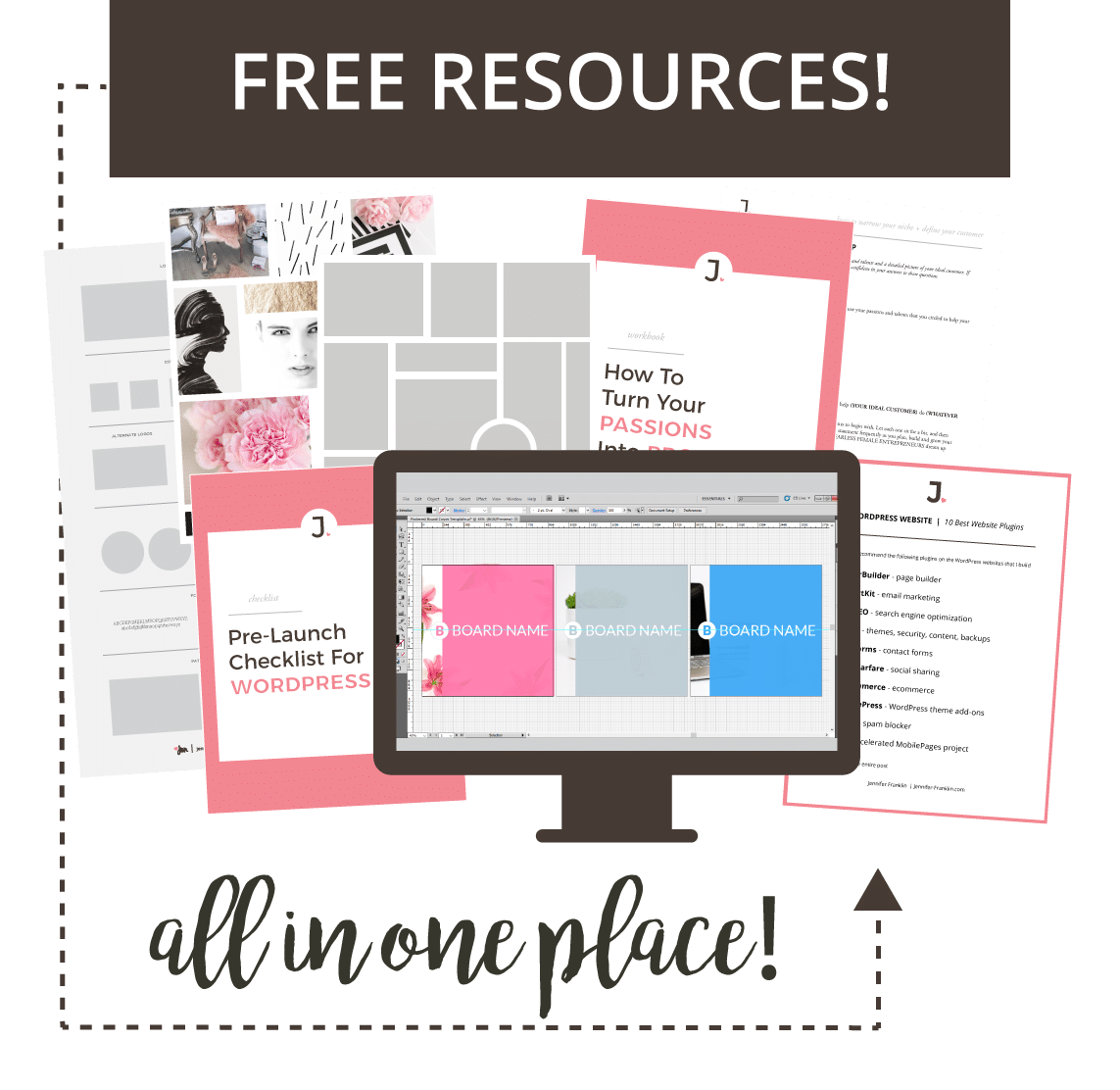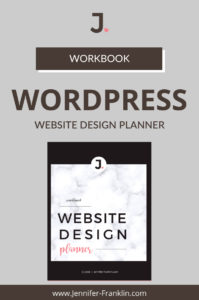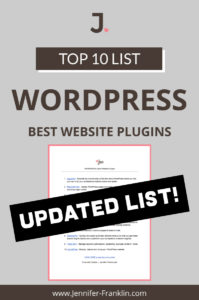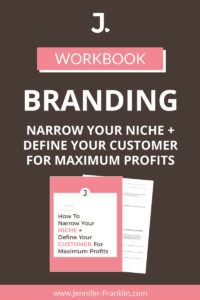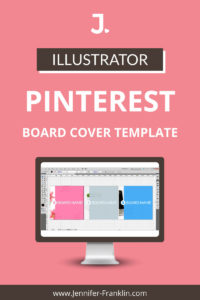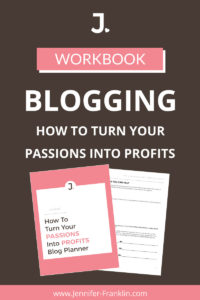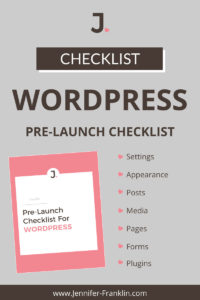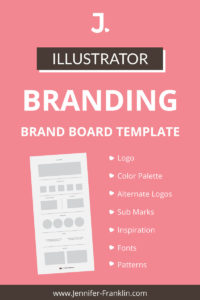What are the best settings for your WordPress website? In this video, you will learn 7 WORDPRESS SETTINGS every new user should know.
WordPress allows users to build amazing websites that power over 30% of the web.
So many of you are FRUSTRATED and OVERWHELMED when it comes to your WordPress settings. You have questions like:
○ What are the best settings for your WordPress website?
○ Where do you go on WordPress to configure your website's basic settings?
The problem is there are lots of settings that need to be configured in the beginning that leave many new WordPress users frustrated and overwhelmed.
To get started, login to your WordPress dashboard and scroll down to the SETTINGS tab. Under this tab you will see the following sub-headings:
- GENERAL - Here you will set the Site Title, Tagline, URL, Site URL, Admin Email, Membership option, New User Default Role, and Date / Time.
- WRITING - Here you will be able to set the default Post Category and Post Formatting options.
- READING - Here you will set your Home and Blog pages and choose to allow / disallow search engines from indexing your website.
- DISCUSSION - Here you will set rules for how to handle ping backs and comments on your website.
- MEDIA - Here you will set the upload size and cropping options of images.
- PERMALINKS - Here you will set the default structure of your URLs.
If you are just getting started building your WordPress website, all of these SETTINGS options can be confusing and you might not know where to start.
The good news is: In this video, you will learn 7 settings every new WordPress user should know.
Let’s get the following WordPress settings set up right away:
SETTINGS > GENERAL
The WordPress GENERAL settings allow you to control how your website is displayed and the level of access users are allowed.
You will be able to set your site title, tagline, allow users to register and set the new user default role.
SITE TITLE
Change this to your business name.
TAGLINE
Change the default “just another WordPress site” to something more descriptive like your business tagline, motto or keywords.
ADMIN EMAIL
Check to make sure the admin email address is the best email address for you to receive emails from WordPress related to your WordPress website.
MEMBERSHIP - Anyone can register
For most WordPress users, you will want to leave this unchecked. However, if you have a membership or will be allowing users to register on your website to leave comments, etc., then you will need to check this box to allow user registrations.
NEW USER DEFAULT ROLE
What level of access do you want new users to have?
There are five default user roles that you can choose from:
- Subscriber - This role can login to your WordPress website, update their profiles and change passwords.
- Contributor - This role can add new posts and edit their own posts; however, they are unable to publish posts. They are also unable to upload files, including images for their own articles.
- Author - This role is limited to only being able to write, edit, publish and delete only their own posts.
- Editor - This role will have full control of the content of your WordPress website. They will be able to edit, publish and delete all posts. An editor will also be able to moderate comments on your website as well.
- Administrator - This role allows the user unlimited access to your WordPress website. Administrators can install, activate, edit and delete themes and plugins. When you create your WordPress website, your user role will be set to Administrator.
SETTINGS > READING
The WordPress READING settings controls some important aspects of how your WordPress website appears to visitors.
YOUR HOMEPAGE DISPLAYS
Which page do you want to appear on your home page?
Choose from either "Your latest posts" or "A static page":
In order to set your homepage to display your blog posts you will check "Your Latest Posts."
In order to set your homepage to a specific page separate from your blog posts page, you will check "A static page." Next, you will choose the page you want to display on the homepage as well as which page you want to display your blog posts.
SEARCH ENGINE VISIBILITY
You will want to uncheck the “Discourage search engines from indexing this site” box in order to allow your website to be discovered and crawled by search engines.
SETTINGS > PERMALINKS
When you create a page or post WordPress automatically creates a URL for that page.
The default URL is not very “pretty” and often includes symbols like a question mark or equals sign.
I recommend setting your permalinks to POST NAME. Each page or post that you create will be saved with an easy to read "slug" that reflects the title of your page or post rather than a bunch of numbers, letters and symbols.
In order to set your permalinks go to SETTINGS > PERMALINKS and select POST NAME.
Click SAVE CHANGES.
PRO TIP: Be sure to set your permalinks in the beginning before you launch your WordPress website. Do not change your permalinks if you already have an existing and established website - it will break all of your links.
I hope you found this article and video useful where I shared with you 7 WordPress Settings every new user should know.
Do you have a question about WordPress?
Leave me a comment below.

